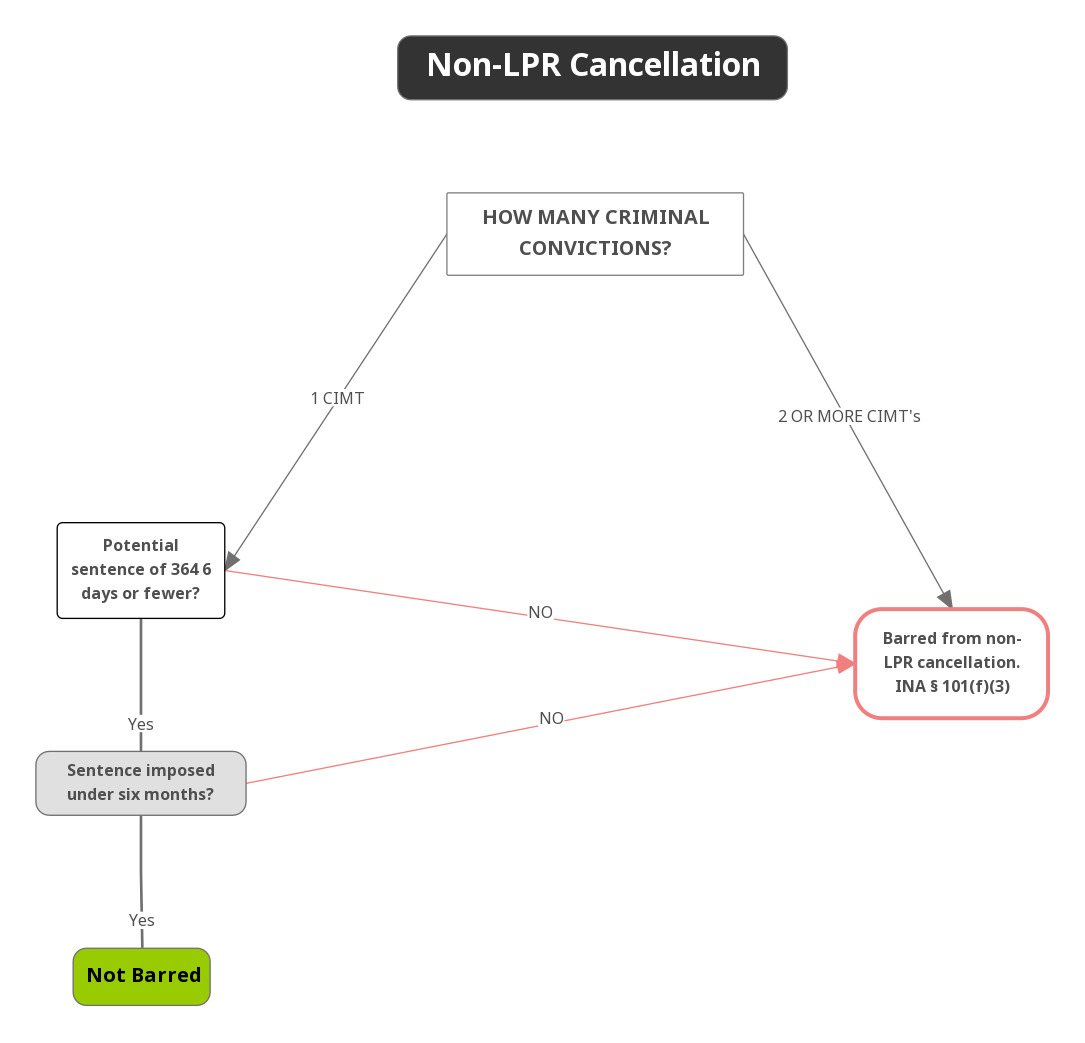GETTING EMPLOYMENT AUTHORIZATION (EAD) THROUGH ASYLUM AND THE 180 DAY ASYLUM CLOCK HOW DO I APPLY FOR EMPLOYMENT AUTHORIZATION AFTER I HAVE APPLIED FOR ASYLUM? For instructions on how to apply for employment authorization after you have applied for asylum, visit the USCIS website at www.uscis.gov/i-765 to review the Form I-765, Application forEmployment Authorization, and the related form instructions. WHAT IS THE 180-DAY ASYLUM EAD CLOCK? The “180-day Asylum EAD Clock” measures the time period during which an asylum application has been pending with the U.S. Citizenship and Immigration Services (USCIS) asylumoffice and/or an Immigration Court with the Executive Office for Immigration Review (EOIR). USCIS service centers adjudicate the Form I-765, Application for Employment Authorization,and use the 180-day Asylum EAD Clock to determine eligibility for employment authorization. You may file a Form I-765, Application for Employment Authorization, based on your pendingasylum application (the (c)(8) category) 150 days after you filed your asylum application. You are not eligible to receive an Employment Authorization Document (EAD) until yourasylum application has been pending for at least another 30 days, for a total of 180 days (8 CFR 208.7(a)(1)). The 150-day waiting period and the 180-day eligibility period, commonlyreferred to as the 180-Day Asylum EAD Clock, do not include delays that you request or cause while your asylum application is pending with an asylum office or with the ImmigrationCourt (8 CFR 208.7(a)(2)). WHAT STARTS THE 180-DAY ASYLUM EAD CLOCK? For asylum applications first filed with an asylum office, USCIS calculates the 180-day Asylum EAD Clock starting on the date that a complete asylum application is received by USCIS, inthe manner described by the Instructions to the Form I-589, Application for Asylum and for Withholding of Removal. If the asylum office refers an asylum application to an immigrationcourt, the applicant may continue to accumulate time toward employment authorization eligibility while the asylum application is pending before an immigration judge. FOR ASYLUM APPLICATIONS FIRST FILED WITH EOIR, USCIS CALCULATES THE 180-DAY ASYLUM EAD CLOCK IN ONE OF TWO WAYS: 1) The applicant will start to accumulate time toward eligibility for employment authorization on the date that a complete asylum application is filed with the immigration court.2) If a complete asylum application was previously “lodged” with the immigration court, whether at the court window or by mail, the applicant will start to accumulate time towardeligibility for employment authorization on the date of lodging. WHAT STOPS THE 180-DAY ASYLUM EAD CLOCK? The 180-day Asylum EAD Clock does not include any delays you request or cause while your asylum application is pending with USCIS and/or EOIR. FOR CASES PENDING WITH AN ASYLUM OFFICE DELAYS YOU MAY REQUEST OR CAUSE MAY INCLUDE: If you are required to receive and acknowledge your asylum decision at an asylum office but fail to appear, your 180-Day Asylum EAD Clock will stop and you may be ineligible toreceive employment authorization. If your case has been referred to an Immigration Court, your 180-Day Asylum EAD Clock will not begin again until your first hearing with an immigrationjudge. If you fail to appear for your asylum interview, the 180-day Asylum EAD Clock will stop on the date of your missed interview, and you may be ineligible for employment authorization unless you send a written request to the asylum office to reschedule the interview within 45 days and you demonstrate “good cause” for missing the interview. If you request to reschedule your interview with the asylum office after 45 days have passed from your missed interview, you must demonstrate “exceptional circumstances,” which is a higher standard than good cause. If you establish exceptional circumstances for missing your asylum interview and you are currently in removal proceedings before an immigration judge, the asylum office can reopen your asylum application and reschedule you for an asylum interview upon your request if the immigration judge dismisses your removal proceedings. If the asylum office determines that your failure to appear for an interview was due to lack of notice of the interview appointment, the asylum office will not attribute a delay to you and the asylum office will reschedule your interview. For more information about reschedule requests and missed asylum interviews, see “Preparing for Your Asylum Interview” on the Asylum Division’s website at www.uscis.gov/Asylum FOR CASES PENDING WITH EOIR: Asylum cases pending with EOIR are adjudicated at hearings before an immigration judge. At the conclusion (or “adjournment”) of each hearing, the immigration judge will determine the reason for the adjournment. If the adjournment is attributed to you, you will stop accumulating time toward the 180-day Asylum EAD Clock until your next hearing. If the adjournment is attributed to the Immigration Court or the Department of Homeland Security, you will continue accumulating time toward your 180-day Asylum EAD Clock. If you are an asylum applicant who has been released from detention and whose case is automatically transferred to a non-detained hearing location, your 180-Day Asylum EAD Clock will run until the date of your next hearing. For example, you may stop accumulating time toward the 180-Day Asylum EAD Clock if, at a hearing: In such cases, you will stop accumulating time when the immigration judge grants the motion. You may or may not begin to accumulate time again after the next hearing, depending on thereason for the adjournment of the next hearing. Additional information regarding codes used by the immigration courts that affect the 180-day Asylum EAD Clock can be found at Appendix O – Adjournment Codes, in the EOIR Policy Manual, at https://www.justice.gov/eoir/eoir-policymanual/Appendix/AdjournmentCodes.


